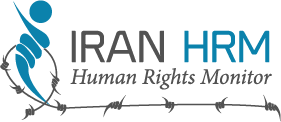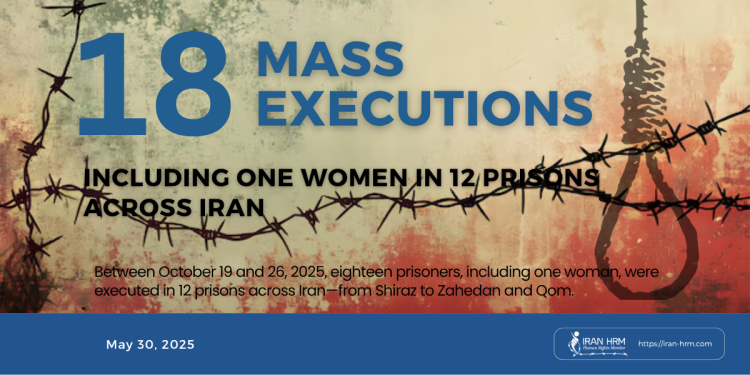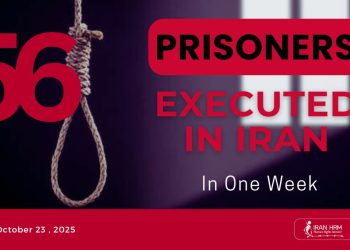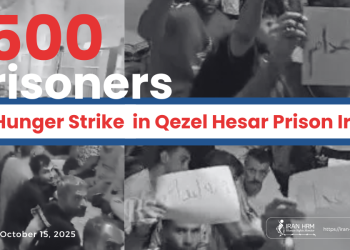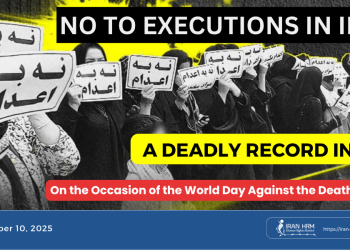Mass Executions in Iran
Between October 19 and 26, 2025, eighteen prisoners, including one woman, were executed in 12 prisons across Iran—from Shiraz to Zahedan and Qom. Reports indicate a sharp rise in executions nationwide. Observers believe the regime employs the death penalty as a means to instill fear and suppress growing public dissent.
Detailed Account of Executions
Three prisoners—Mousa Mohammadi, Mohammadreza Nazari, and a man identified as Dehqani—were executed in Shiraz on charges of murder. In Zahedan, Mohammad Omar Zardkouhi, 28, was executed for murder. In Qom, Narges Ahmadi, the only woman among those executed, was hanged on murder charges. Additional executions took place in Aligudarz, Arak, Esfarayen, Khorramabad, Dezful, Shahroud, Rasht, Tabriz, Qezel Hesar (Karaj), Yazd, and Boroujerd.
Legal Analysis
Article 3 of the Universal Declaration of Human Rights affirms that every individual has the right to life, and this right shall not be arbitrarily deprived. Article 6 of the International Covenant on Civil and Political Rights—ratified by Iran—permits the death penalty only under exceptional circumstances and with full guarantees of fair trial and due process. In most of these cases, the judicial process lacked transparency and independence, falling far short of international standards for fair trial.
Human and Social Impact
The execution of Narges Ahmadi and others has caused deep concern and outrage among families and civil society. Families of death-row prisoners gathered in Tehran to demand an immediate halt to executions. Local sources report that many families were denied information or access to attend the executions, further deepening their suffering.
Statistical and Comparative Analysis
As of October 27, 2025, the regime has executed at least 220 prisoners—an unprecedented record over the past 36 years, averaging one execution every three hours. This figure represents a twofold increase compared to October 2024 and a 3.5-fold rise from 2023. In total, 1,176 executions have been carried out during the first nine months of 2025, including 43 women and six juvenile offenders. The overall figures show a 110% increase from the same period last year.
Call for International Action
By resorting to mass executions, Supreme Leader Ali Khamenei aims to spread fear and deter public uprisings. The international community must break its silence and hold the regime accountable. The regime of executions and terror should be isolated globally, and its human rights violations referred to the UN Security Council. The United Nations must recognize the right of the Iranian people to resist this medieval dictatorship. Khamenei and other top officials must be prosecuted for crimes against humanity and genocide.
The unprecedented escalation of executions in Iran is not an act of justice but a calculated tool of political repression. This ongoing violation of the right to life constitutes a grave breach of Iran’s international obligations and demands urgent and decisive response from the global community.
